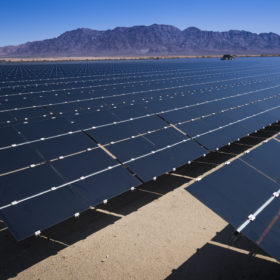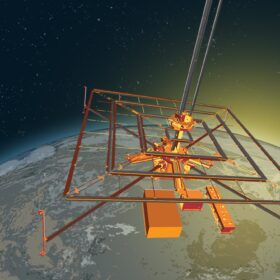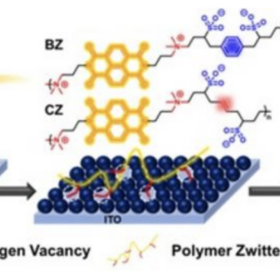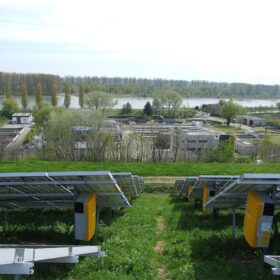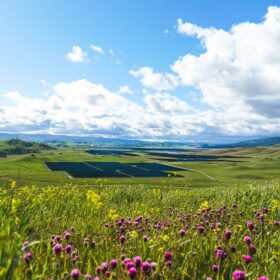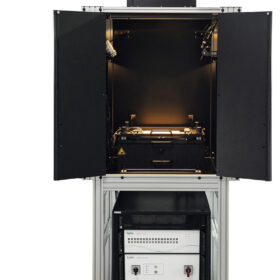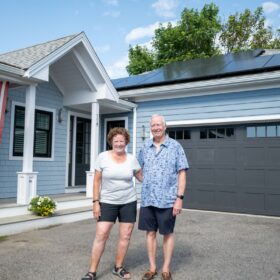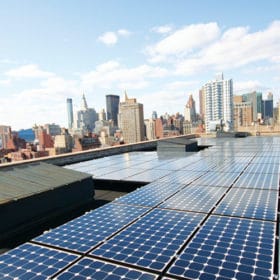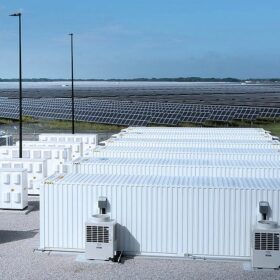New framework quantifies solar land use with unprecedented detail
The research reached a surprising conclusion that dual-axis solar tracker systems are more land-intensive per kW than single-axis trackers or fixed-tilt systems. The study’s data-driven approach highlights key efficiency metrics and siting opportunities, including agrivoltaics and brownfield development, for sustainable solar expansion.
Research finds solar can support bird, bat activities
A pair of research studies led by the Argonne National Laboratory have demonstrated how “ecovoltaic” installations in the midwestern United States are home to more bird and bat activities than nearby fields used for agriculture.
PV-powered transportation system for 15-minute cities
A Canadian research team has developed a framework for local urban agriculture production, with the produce harvested distributed by electric vehicles powered by sidewalk-integrated photovoltaics. The PV-powered transportation system was calculated to have a payback time of 2.8 years.
Researchers envision a ‘bright harvest’ from space-based solar power
Developers say space-based solar will be cost-competitive with utility-scale PV. A new documentary showcases a Caltech team’s efforts to supply the Earth with limitless energy from space.
Researchers discover photovoltaic properties in zinc-based film
Research from the University of Wisconsin-Milwaukee has found zinc-phosphate-hydrate (ZPH) films are capable of producing electricity from light. The coating’s photovoltage was amplified when anthocyanin, a natural dye found in blackberries, was added.
Why do some cities have higher low-income solar adoption rates than others?
After studying low- and moderate-income solar adoption for years, Lawrence Berkely Laboratory drilled down on three cities and captured why solar equity requires looking beyond numbers alone.
Scientists boost organic solar cell efficiency using polymer zwitterions
A research team based in China and the United States has developed electroactive polymer zwitterions to modify zinc oxide interlayers in organic solar cells. Their work was found to passivate defects in organic solar cells, helping to improve device performance and stability.
New deep learning tech for PV inverter fault diagnosis
A team of scientists at Georgia Southern University has combined both spatial and temporal attention mechanisms to develop a new approach for PV inverter fault detection. Training the new method on a dataset created in MATLAB/Simulink, the group has compared it to a series of other data-driven and statistical-based methods and has found accuracy reached 97.35%.
Clean energy transition requires more comprehensive local planning, study says
Local energy initiatives have increased at the local level, but researchers say more focus on addressing spatial planning and economic benefits is needed in the renewable energy transition.
Inside perovskite solar cell durability and performance testing
Accurately measuring the performance of perovskite solar cells and modules requires significant modifications to long-established testing standards used in silicon PV. Researchers are settling on methods that rely on up to several minutes of constant light exposure and other time-consuming procedures. These may be fine for the laboratory setting, but those looking to produce this technology at scale need standardized methods that can characterize cells and modules at a much faster rate.
